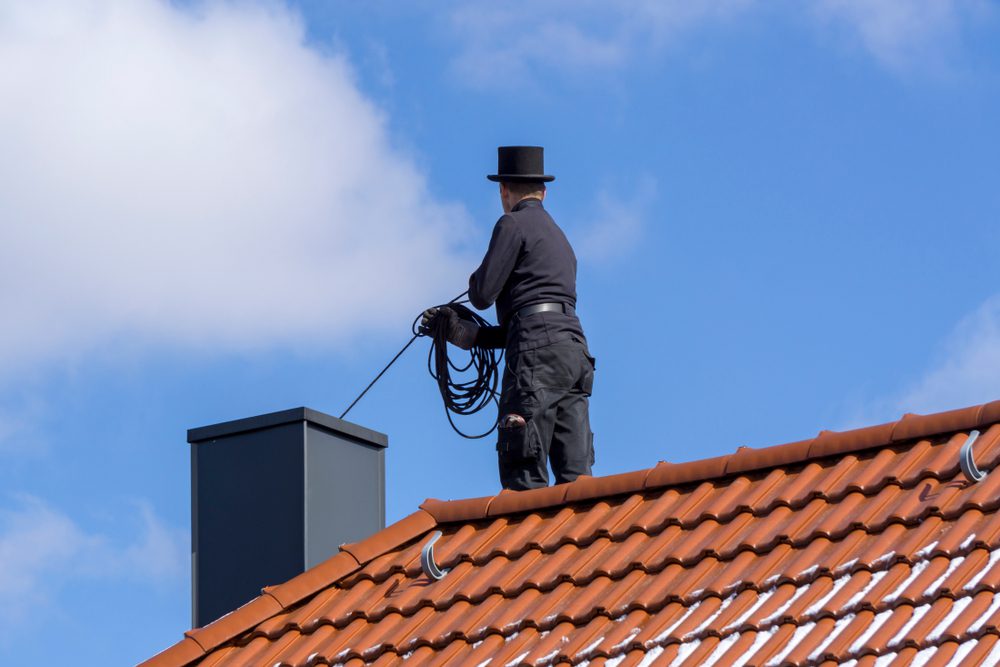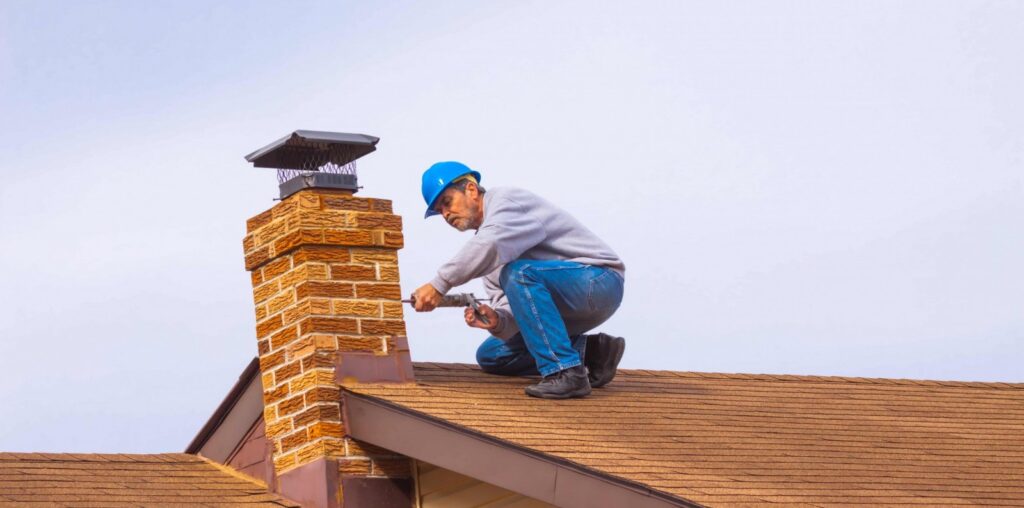A chimney is an important part of your home. It keeps smoke, gases, and heat away from your living space. But just like any other part of the house, it needs care. Without proper maintenance, a chimney can become a serious hazard. It can lead to fire risks, poor air quality, and expensive repairs.
If you want to keep your chimney safe and working well, you need to understand how to maintain it. This guide will help you learn everything you need to know.
Why Chimney Maintenance is Important?
Many homeowners forget about their chimneys. Since it’s not something they use every day, they don’t think about cleaning or checking it. But neglecting chimney maintenance can lead to major problems.
Regular maintenance helps to:
- Prevent chimney fires
- Improve heating efficiency
- Reduce smoke and carbon monoxide risks
- Avoid costly repairs
If you need expert help, you can find Chimney Services In Brooklyn, NY to keep your chimney in top shape.
Signs Your Chimney Needs Maintenance
Not sure if your chimney needs attention? Here are some common signs to look out for:
1. Bad Smells
A dirty chimney can cause a strong, unpleasant smell. This usually happens due to creosote buildup or moisture inside the chimney.
2. Smoke Inside the House
If smoke comes back into your home instead of going outside, your chimney may be blocked. This could be due to creosote, debris, or a broken flue.
3. Cracks in the Chimney Structure
Check for visible cracks or damage in the chimney bricks or mortar. This can allow moisture to seep in and weaken the structure.
4. White Stains on the Chimney
White, powdery stains on your chimney are called efflorescence. This happens due to excess moisture and can lead to serious damage if ignored.
5. Rust on the Chimney Cap or Damper
Rust is a sign that water is getting into the chimney. This can damage the flue and other metal parts inside.
Essential Chimney Maintenance Tips
Taking care of your chimney doesn’t have to be hard. Here are simple steps to keep it in good shape.
1. Schedule Annual Inspections
A professional should inspect your chimney at least once a year. They check for damage, creosote buildup, and blockages. An inspection can prevent bigger issues before they become expensive repairs.
2. Clean Your Chimney Regularly
Chimneys collect soot and creosote over time. Creosote is highly flammable and can cause chimney fires. A professional cleaning will remove this buildup and keep your chimney safe.
3. Check for Animal Nests
Birds and small animals sometimes build nests inside chimneys. This can block airflow and cause smoke to enter your home. A chimney cap can help prevent animals from getting in.
4. Repair Any Damage Immediately
If you see cracks, loose bricks, or rust, get them fixed as soon as possible. Small issues can turn into big problems if ignored.
5. Use Dry, Seasoned Wood
Burning wet or unseasoned wood creates more smoke and creosote buildup. Always use dry wood for a cleaner, safer burn.

How to Prevent Chimney Problems?
A few simple habits can keep your chimney in great condition for years.
Keep the Chimney Cap in Good Shape
The chimney cap prevents rain, debris, and animals from getting inside. If it’s missing or damaged, replace it right away.
Install a Chimney Liner
A chimney liner protects the chimney walls from heat and corrosion. If your home doesn’t have one, consider installing it.
Keep the Fireplace Area Clean
Ash and debris can build up around the fireplace. Clean the area often to prevent hazards and improve air quality.
Watch for Water Damage
Moisture is a chimney’s worst enemy. Look for leaks, stains, or mold around the chimney. If you notice any of these, call a professional for repairs.
Common Chimney Issues and How to Fix Them
Even with regular maintenance, chimneys can develop problems. Here are some common issues and how to deal with them.
1. Creosote Buildup
Creosote is a black, tar-like substance that forms when wood burns. It sticks to the chimney walls and is highly flammable. The best way to remove it is through professional cleaning.
2. Chimney Blockages
Leaves, nests, and debris can block the chimney, making it unsafe to use. A chimney cap prevents most blockages. If you suspect a blockage, have it checked and cleaned.
3. Cracked Chimney Crown
The chimney crown is the top part that protects against water. If it cracks, water can seep in and cause damage. Sealing the cracks early can prevent bigger issues.
4. Damaged Flue Liner
The flue liner keeps heat and gases contained. If it cracks, your home is at risk of fire and carbon monoxide exposure. A damaged liner should be repaired or replaced right away.
5. Leaky Chimney
Leaks can weaken the chimney structure and cause mold growth. If you notice water stains, call a chimney expert to find and fix the leak.

Final Thoughts
Chimney maintenance is important for safety and efficiency. Regular cleaning, inspections, and repairs can help prevent costly problems. If you stay on top of maintenance, your chimney will last longer and work better.
Don’t wait for issues to get worse. Take care of your chimney today and enjoy a safe and warm home.



